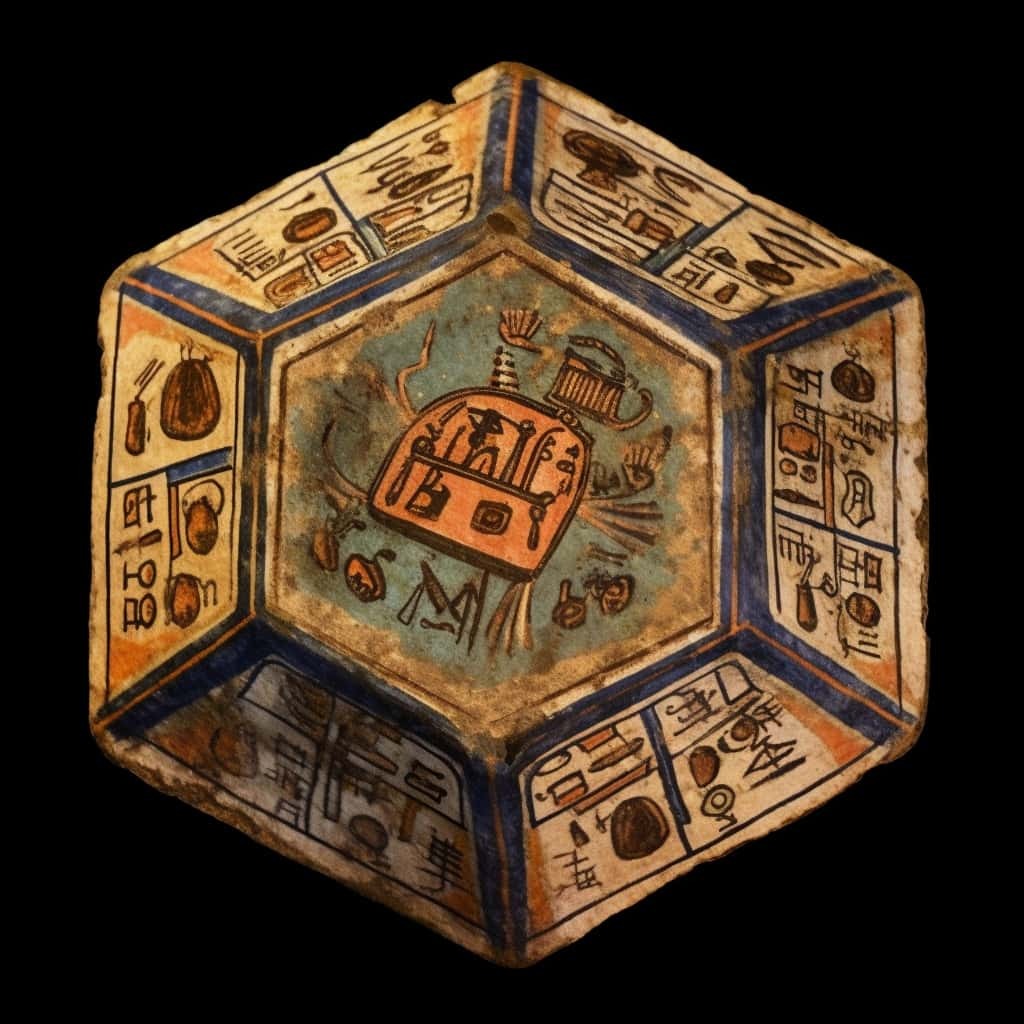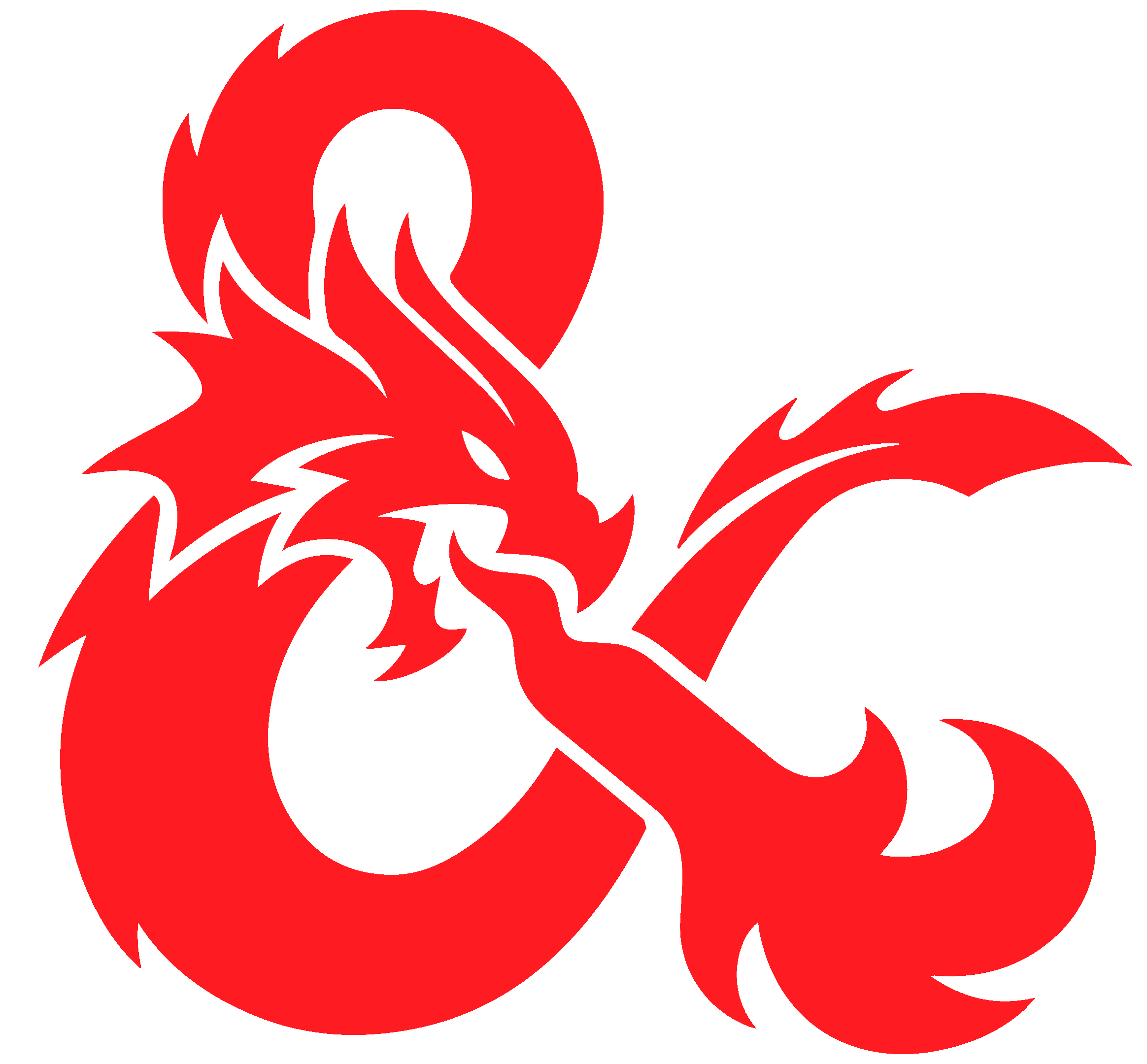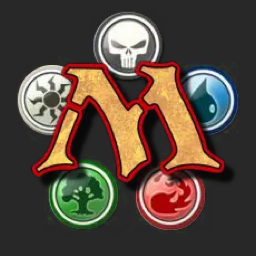deleted by creator
I like games of all types and sometimes try to make them. IT Professional who likes mechanical keyboards and weird hobby electronics too much. He/Him.
- 2 Posts
- 25 Comments
Ah that sounds nice. Makes me wish anyone played Jumpstart. Cracking a couple of those in a similar way to your Pauper decks would’ve probably kept my energy up after a terrible round!
Yeah, I tried to not show that I was wearing down because I know that can dampen the mood. I did reflexively apologize to my first opponent because I assume one sided matches are boring, especially if someone is high skill, but to his credit he said not to worry about it and thanked me for the pack, so maybe I was overthinking it.
If I go again I’ll bring noise dampening earplugs and hopefully weather the environment better.
This was great, very comprehensive. Thank you!
Yeah nobody said or did anything egregious. I could just see my second opponent getting bored and kind of annoyed even of she kept it to herself. At least I think she was, I’m admittedly not great at reading faces. I think most people had friends there, so I felt like every moment they were spending on our games was going to be time they couldn’t be getting in a real game between rounds. Lots of friendly side games seemed to be happening between rounds. If that’s not actually an issue, then I won’t worry about it if I go again.
And yeah, the format change didn’t really change my odds of winning, but it threw me off and since I don’t really have fundamentals yet, it kind of felt like the floor falling out under me. Not a big deal though, just harder to learn from.

 1·3 months ago
1·3 months agoWhat’d you end up picking? I was going to suggest just trying to get used to OBR 2. I agree it’s not as wonderfully minimal as the original, but it’s still not nearly as top heavy as Roll20, Foubdary and the rest, and the accounts, at least, are free. I’ve been running a megadungeon in it and the learning curve is pretty shallow compared to everything else.

 1·10 months ago
1·10 months agoThis, at least, is not entirely true. OD&D does not have any distinction at all between male and female characters in the original 3 pamphlets.
Pretty sure that stuff came in later, post-Greyhawk. It certainly showed up in fanzines of the late 70s, though…

 16·1 year ago
16·1 year agoHaha, I’ve been pulling your leg, the confused response was just too funny to ignore at first. I have a new comment that explains it.
You’re good, and yes, it is older than 2e.

 18·1 year ago
18·1 year agoOK, time to come clean. I had assumed the other old people would have this at the ready, but when the confused responses came in, I just rolled with it and now I’m bored with the joke.
This is for BECMI. The question itself is real, though, I’ve heard of better Thief progressions, and I don’t want to just top out at 14 like most people do since I never got to play with the Masters or Immortals sets and I want to try it at least once so I know how it plays.

 17·1 year ago
17·1 year agoDefinitely not AD&D, I have those too and they’re much heavier books – these are more like magazines.

 17·1 year ago
17·1 year agoI should note that I have a blue one in here labeled expert rulebook. One of my players is bringing more that go with these.

 17·1 year ago
17·1 year agoI searched for the text on the box and mine is this one
https://www.amazon.com/Dungeons-Dragons-Basic-Rules-Set/dp/0880383380

 18·1 year ago
18·1 year agoJust the basic box set? We wanted to try playing to max level since none of us have ever actually done it.

 7·2 years ago
7·2 years agoI’ve never understood the “these people hate Star Trek!” take I’ve seen around the new shows. It’s clear that nobody working on these sets out to intentionally make a bad show. Some of the Easter eggs and references are deep cuts, so it seemed obvious to me that the people working on these are big fans.

 4·2 years ago
4·2 years agoTo give credit where it’s due, RotS and many of the Disney-era Star Wars products have gone a long way to fitting the glamorous, shiny prequel aesthetic into the gritty, used, “lived in” aesthetic of the OT. I’m not the biggest fan of The Last Jedi, but I actually think the implicication of the shiny galaxy just being a property of the rich inner rim planets was a great move in unifying everything.

 103·2 years ago
103·2 years agoI’m going to be honest, Klingons in the TNG era always felt too goofy to me. They weren’t a proud warrior culture so much as borderline clownish space vikings who spent more time getting drunk than actually conquering anything. A redesign and change in how their culture(s) present on screen was welcome for me, and I think Discovery did a great job. I even liked the way they recontextualized the Klingon language, to make it sound more alien and more threataning than the staccato, oft-mispronounced mess that we got in the TNG era.
That said, I also think there was a missed opportunity with them. For a long time, I’ve had a head canon of the different looks of Klingons throughout all of the eras could be chalked up to these all being distinct peoples from within the Klingon Empire. It stands to reason that over a long enough time scale, an empier spanning multiple stars would start to consider people not originally from their homeworld “Klingon,” even if they might be genetically different. I always thought it would be cool if the TOS smooth forehead Klingons were actually just one species that were culturally Klingon, where the Worf-type were another, and the General Chang type was yet another. It would provide a way to smooth over the aeshetic differences with an in-universe explanation that doesn’t require any retconning except for a handful of episodes from ENT that die-hards didn’t like anyway.
But oh, well. One can dream.

 6·2 years ago
6·2 years agoBen Milton’s take on traps is, I think, the best way to handle them.
Don’t use traps as a hidden thing. Make the trap itself obvious to the players, and describe it’s positioning. The trick should be for the players to figure out how to either avoid or safely disarm the trap.
One example he uses is a pit trap with a narrow board serving as a bridge over the top of it. The smell of volatiles indicates that there may be some kind of fuel at the bottom of it. The board is on a rotating mechanism, and if anyone tries to stand on or otherwise move the board, it ignites the fuel below with flint inside the mechanism, like a lighter. Since the pit is too large to jump across, players will need to find another way across.
In my own game, I recently pointed out a section of floor filled with skeletons whose legs were partially sunken into the tiles up to the knee. Since the sections of the floor were too long to jump across, they tested what was wrong by throwing objects onto the tiles and seeing what happened. Once it was clear that only objects that had been stationary for a few seconds sank in, they sprinted through the hallway and made it to the other side fine (one character lost a boot). They had fun, nobody felt it was unfair, and I would call that a win.
Unfortunately for them, the floor on the other side of this trap was greased, so they went sliding down a chute to the fourth floor of the dungeon, and had to look for a way back up, which came in the form of a previously inactive elevator that was a shortcut back to the first floor.
Sen’s Fortress in Dark Souls 1 is a good example of how traps like these can be utilized. They’re all obvious and easy to avoid, and serve more as positioning puzzles than as gotcha mechanics.

 1·2 years ago
1·2 years agoYeah this is what happened to me. I use LibreOffice in the event that I need to work with Office documents, but if I’m writing something myself, I’m pretty much exclusively in Markdown. It’s just faster for my uses, and the files are nice and portable.

 3·2 years ago
3·2 years agoWait, what happened to Hasbro??

Yeah I probably should’ve asked for advice, but I knew while assembling the deck that all my picks were garbage. Plus I was intimidated by being the only one there who didn’t already know someone else, so the anxiety took over and I didn’t do a whole lot of talking. The first opponent might have helped me out a little, he seemed pretty nice. The last two were a little scary tbh haha.
And yeah this group had 24 I think. Funny thing is that this is the small shop nearby me. It just happens to have high ceilings so every sound on the floor is amplified.